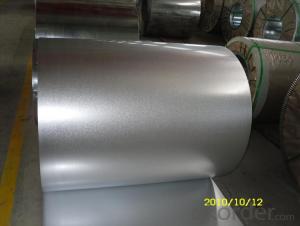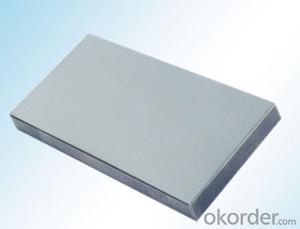Electrical Cabinet Making Aluzinc 1.5mm Steel Sheet
- Loading Port:
- Shanghai
- Payment Terms:
- TT OR LC
- Min Order Qty:
- 25 m.t.
- Supply Capability:
- 1000 m.t./month
OKorder Service Pledge
OKorder Financial Service
You Might Also Like
Electrical Cabinet Making Aluzinc 1.5mm Steel Sheet
Quick Details
Standard: AISI, ASTM, BS, DIN, GB, JIS
Grade: DC51D+AZ,DX51D+AZ,SGLCC
Thickness: 0.13mm--3.0mm
Model Number:DC51D+AZ,DX51D+AZ,SGLCC
Type: Steel Coil
Technique: Cold Rolled
Surface Treatment: Galvanized, Chromated, Oiled, Anti-finger Print
Application: Architecture,Auto Industry,Appliances Industry,Industrial Instruments
Width: 600mm--1250mm
Length: Any Length Based on Coil Weight or by Required
Product Name: Electrical Cabinet Making Aluzinc 1.5mm Steel Sheet
Key Word: Aluzinc 1.5mm
Spangle: Mini Spangle
Thickness of coating: AZ30--AZ150
Coil I.D.: 508/610mm
Coil Weight: 3--10MT
Supply Ability: 700,000 MT per Year
Substrate Steel: Cold Rolled
Steel Grade:DC51D+AZ,DX51D+AZ,SGLCC
Pack and Delivery
| Packaging Details: | Mill's Standard Export Sea-worthy Packing for Electrical Cabinet Making Aluzinc 1.5mm Steel Sheet |
|---|---|
| Delivery Detail: | 15~30 Days for Electrical Cabinet Making Aluzinc 1.5mm Steel |
FAQ
1.Q: Do you have the Galvalume Steel Coils in stock?
A: We have Galvalume Steel Coils in stock ,also can produce according to your order.
2.Q: Are you professional at your products?
A: have over 10-year experience on service end-user and knows well about characters and usage of material, professional suggestion about products can be offered when you needed.
Picture
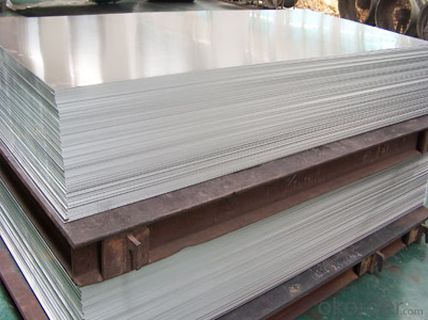
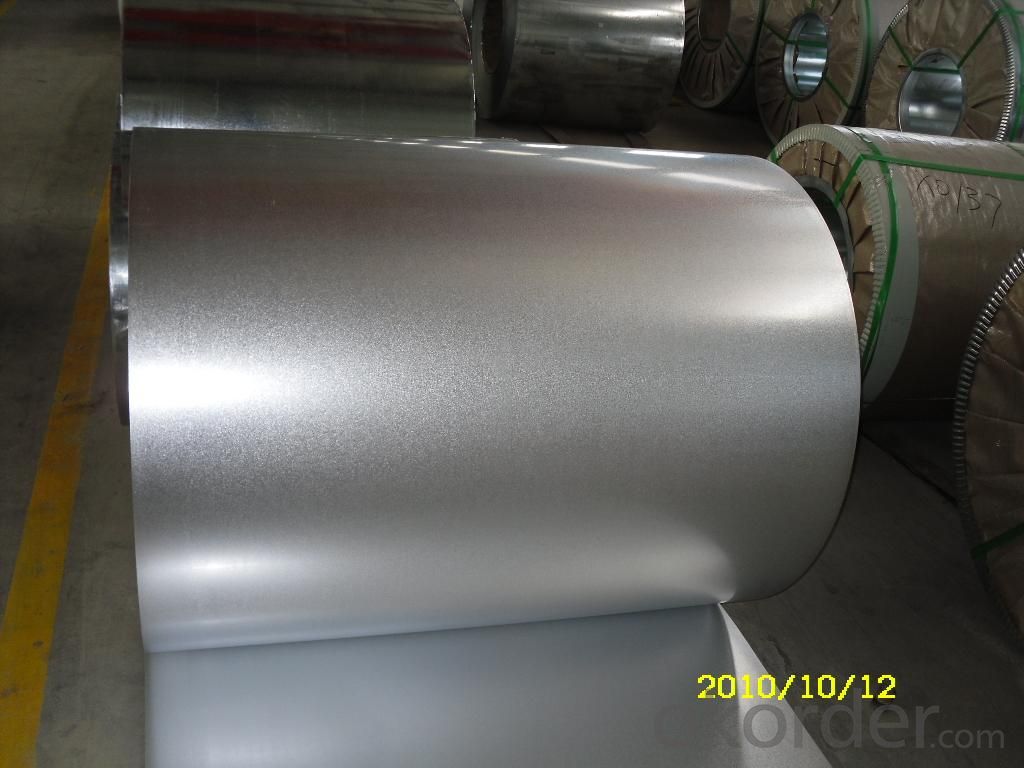
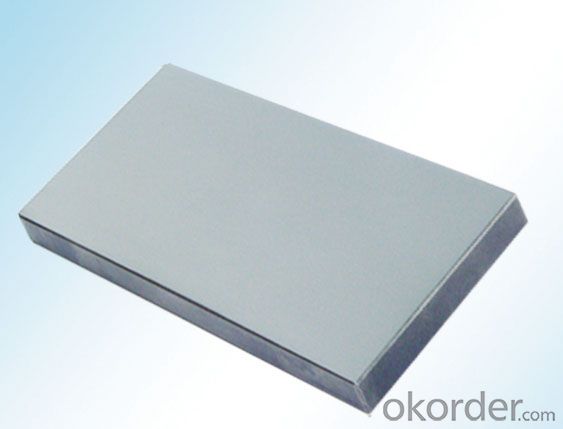
- Q:What is the difference between galvanized and galvalume steel coils?
- Both galvanized and galvalume steel coils have undergone a coating process to enhance their durability and resistance to corrosion. However, there are distinct differences between the two. Galvanized steel coils have a layer of zinc coating, which provides excellent corrosion resistance and protects the underlying steel from rust and other forms of deterioration. The zinc coating also acts as a barrier against moisture and prevents direct contact between the steel and the elements. Galvanized steel coils are commonly used in construction, automotive manufacturing, and agricultural equipment, where corrosion resistance is crucial. On the other hand, galvalume steel coils are coated with a combination of zinc and aluminum. This unique coating composition offers enhanced corrosion resistance compared to galvanized steel coils. The aluminum in the coating acts as a sacrificial anode, providing additional protection to the steel by sacrificially corroding instead. This sacrificial protection mechanism helps the underlying steel remain intact and prevents the spread of corrosion even if the coating is damaged. Galvalume steel coils are often used in environments with extreme weather conditions and high humidity, making them suitable for roofing, siding, and other outdoor applications. To summarize, the main difference between galvanized and galvalume steel coils lies in the composition of their coatings. Galvanized steel has a zinc coating, while galvalume steel has a combination of zinc and aluminum. Galvalume steel offers superior corrosion resistance due to the sacrificial protection provided by the aluminum in the coating. The choice between the two depends on the specific application and the level of corrosion resistance required.
- Q:How do you calculate the weight of a steel coil?
- To calculate the weight of a steel coil, you need to know its dimensions and the specific gravity of the steel. The formula to calculate the weight is as follows: Weight of steel coil = Length of coil (in meters) x Width of coil (in meters) x Thickness of coil (in meters) x Specific gravity of steel First, measure the length, width, and thickness of the steel coil in meters. Ensure that all measurements are in the same unit for accurate calculations. Next, determine the specific gravity of the steel. Specific gravity is the ratio of the density of a substance compared to the density of water. For steel, the specific gravity is typically around 7.8. Multiply the length, width, and thickness of the coil together. This will give you the volume of the steel coil in cubic meters. Finally, multiply the volume of the coil by the specific gravity of steel to obtain the weight of the steel coil in kilograms (kg). Keep in mind that this calculation provides the weight of the steel coil without considering any additional factors such as the core material or any other components included in the coil.
- Q:Iron too heavy for Ulysses but if there was any iron used id imagine it was steel. Can steel go deeper into sun than iron? Compare two bolts.. 1steel 1iron..is there a difference to what the steel can do?
- Dont understand are you going to put them in sun ? Sun made from gas wich is on fire. Its impossible to get to the sun and not to get burn. Steel is really more solid and strong than iron so its more hard to break it or to bend. But in camparing of fusion temperature - iron is a bit more better, though it would not make a big difference .From metals - tungsten has the highest fusion temperature - near to 3400 C . Iron is near to 1530 C, steel is near to 1300 -1500 C. So according to this tungsten can go most close to sun. Right near the sun temperature is millions of degrees so anything will fuse and burn there.
- Q:What is the thickness range of steel coils?
- The thickness range of steel coils varies depending on the specific application and industry. However, generally speaking, steel coils can have a thickness range from as thin as 0.005 inches (0.13 mm) to as thick as 0.5 inches (12.7 mm) or more.
- Q:How are steel coils used in the production of steel drums?
- Steel coils are used in the production of steel drums as they are unrolled and shaped into cylindrical forms to create the body of the drum. These coils are cut, welded, and sealed to form a solid and durable structure, which serves as a container for storing and transporting various materials such as liquids, chemicals, and even food products.
- Q:What is the maximum thickness of steel coils?
- The specific application and manufacturing process play a significant role in the potential range of maximum thickness for steel coils. Typically, steel coils may vary from a few millimeters to several centimeters in their maximum thickness. Determining factors include the intended use of the coils, the type of steel employed, and the capabilities of the manufacturing equipment.
- Q:Why is the steel tape tape head not fixed?
- It makes sense to be irregular;You can see the standard ruler of steel roll head is a gap, when you take the time to object quantity, the head will indent the gap, so you measure is the size of the head from the head of steel;When you hook the object, the head will pull apart and you'll take the dimension from the end of the steel head.
- Q:How are steel coils used in the construction of buildings?
- Steel coils are used in the construction of buildings primarily for their strength and durability. These coils are typically formed into beams, columns, and other structural components, providing a sturdy framework. Additionally, steel coils can be shaped into sheets or plates used for roofing, walls, and flooring, offering excellent resistance to weather and fire. Overall, steel coils play a crucial role in ensuring the stability and longevity of buildings.
- Q:How are steel coils coated to prevent rust and corrosion?
- Steel coils are coated to prevent rust and corrosion through a process called galvanization. This involves immersing the coils in a bath of molten zinc, which forms a protective layer on the steel surface. This zinc coating acts as a barrier, preventing oxygen and moisture from coming into contact with the steel, thus reducing the risk of rust and corrosion.
- Q:How are steel coils used in construction?
- Steel coils are commonly used in construction for a variety of purposes, such as creating structural frameworks, reinforcing concrete, and manufacturing various building components like beams, columns, and trusses. The coils are unrolled and cut to specific dimensions, allowing them to be easily shaped and welded into various structural elements. This versatile material provides strength, durability, and flexibility, making it an essential component in constructing buildings, bridges, and other infrastructure projects.
1. Manufacturer Overview |
|
|---|---|
| Location | |
| Year Established | |
| Annual Output Value | |
| Main Markets | |
| Company Certifications | |
2. Manufacturer Certificates |
|
|---|---|
| a) Certification Name | |
| Range | |
| Reference | |
| Validity Period | |
3. Manufacturer Capability |
|
|---|---|
| a)Trade Capacity | |
| Nearest Port | |
| Export Percentage | |
| No.of Employees in Trade Department | |
| Language Spoken: | |
| b)Factory Information | |
| Factory Size: | |
| No. of Production Lines | |
| Contract Manufacturing | |
| Product Price Range | |
Send your message to us
Electrical Cabinet Making Aluzinc 1.5mm Steel Sheet
- Loading Port:
- Shanghai
- Payment Terms:
- TT OR LC
- Min Order Qty:
- 25 m.t.
- Supply Capability:
- 1000 m.t./month
OKorder Service Pledge
OKorder Financial Service
Similar products
New products
Hot products
Related keywords
